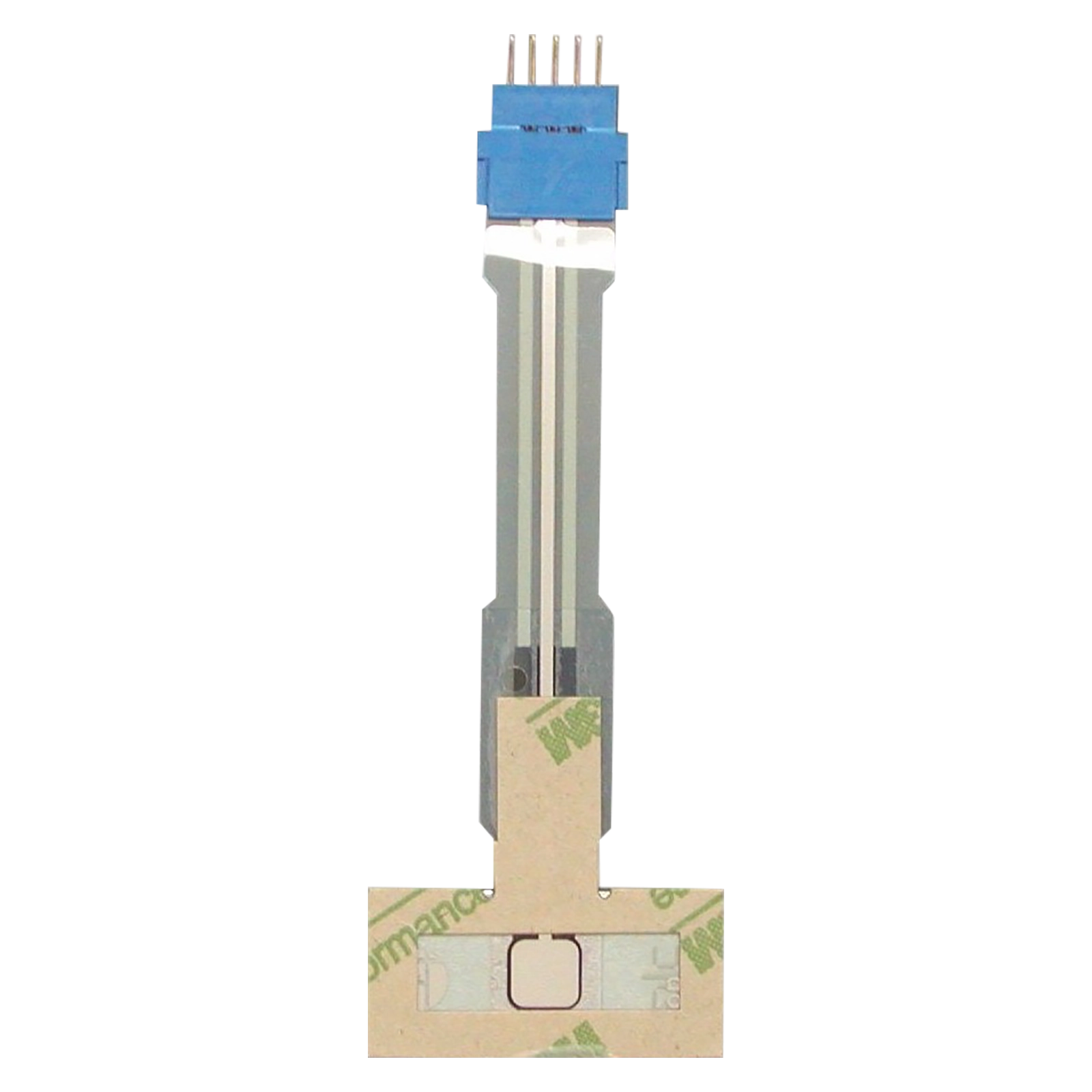Membrane Switch Technology: The Secret to Reputable and Economical User Interfaces
Membrane layer switch modern technology has emerged as a crucial element in the design of customer interfaces, offering both integrity and cost-effectiveness throughout a diverse variety of applications. As we explore the complex advantages of membrane layer switches, their possibility for advancement raises inquiries about future applications and advancing patterns.
Understanding Membrane Layer Switch Innovation
Membrane switch technology is a commonly utilized user interface solution in different electronic gadgets, offering a smooth mix of performance and layout. This technology includes multiple layers of products, usually including a visuals overlay, spacer layer, and a circuit layer. The graphic overlay shows the user interface elements, while the spacer layer divides the circuit layer from the overlay till an individual turns on a switch.
When stress is put on the overlay, the circuit layer completes the electric circuit, sending a signal to the gadget. This mechanism enables numerous configurations, including responsive feedback and backlighting options, boosting user interaction. Membrane layer switches are generally manufactured using long lasting materials such as polyester or polycarbonate, making certain longevity and resistance to ecological elements like dampness and dirt.
The convenience of membrane changes allows their application in varied sectors, consisting of clinical tools, customer electronic devices, and industrial controls. Their compact design enables integration into space-constrained atmospheres, offering an effective interface without jeopardizing aesthetic charm. Comprehending the details of membrane switch technology is vital for makers and designers seeking to create dependable and effective human-machine interfaces.
Trick Advantages of Membrane Layer Switches
While different interface solutions exist, membrane switches over deal unique advantages that make them a preferred selection in countless applications. Among the main benefits is their durability; membrane layer buttons are developed to endure severe environmental problems, including moisture, dirt, and temperature fluctuations, ensuring durable efficiency. This durability significantly lowers the demand for regular replacements, consequently reducing overall upkeep costs.

Furthermore, membrane buttons are lightweight and small, making them suitable for applications where area is restricted. Their inconspicuous design adds to a streamlined look without endangering functionality.
Cost-effectiveness is likewise a remarkable benefit, as the manufacturing process for membrane switches has a tendency to be more economical contrasted to traditional mechanical switches. This affordability, combined with their dependability and simplicity of setup, placements membrane layer switches as a useful service for a vast array of sectors looking for effective and efficient customer interfaces.
Applications Throughout Different Industries
Just how do membrane layer switches adjust to the diverse needs of numerous industries? Membrane layer switch technology is significantly acknowledged for its versatility, making it ideal for a broad range of applications throughout multiple markets.
In consumer electronic devices, Get More Information membrane buttons offer a compact option for remote controls and home devices, improving customer experience with intuitive design. Additionally, the industrial industry leverages membrane layer switches for equipment control panels, profiting from their resistance to extreme environments, such as wetness and dirt.
Armed forces and aerospace applications additionally utilize membrane layer buttons for their reliability and capability to withstand extreme problems, guaranteeing functional performance in vital scenarios. Additionally, the food and drink sector adopts these switches for automated systems, where cleanliness and convenience of operation are extremely important. Inevitably, membrane layer switches are tailored to satisfy the special demands of each market, verifying their essential role in contemporary technology user interfaces
Design and Personalization Choices

In the realm of membrane switch technology, design and customization options play a pivotal role in enhancing functionality and user communication. These buttons can be customized to satisfy certain operational requirements and aesthetic choices, making them functional parts in different applications.
One of the primary customization options is the format of the button itself, which can be created to fit special individual interfaces and ergonomic considerations. By adjusting the form, dimension, and plan of buttons, manufacturers can develop instinctive styles that facilitate convenience of usage. Furthermore, the incorporation of various shades and graphic overlays permits branding and boosted exposure, guaranteeing that users can promptly determine functions.
In addition, membrane layer switches can be crafted with different tactile responses systems, such as raised switches or audible clicks, to improve the individual experience. Various materials can also be selected for toughness and environmental resistance, resolving aspects such as moisture, temperature level variations, and chemical exposure.
Eventually, the comprehensive design and customization alternatives available in membrane switch innovation encourage companies to create tailored options that not just fulfill practical needs yet likewise line up with their branding and operational demands.

Future Fads in Membrane Layer Buttons
As membrane switch technology remains to advance, future fads are increasingly concentrated on improving customer experience and incorporating innovative capabilities. One significant trend is the combination of touch-sensitive and capacitive innovations into traditional membrane layer buttons. This advancement enables more instinctive interface, giving tactile responses while preserving a sleek design.
One more arising pattern is additional resources using eco-friendly materials, driven by the expanding demand for lasting production techniques. Manufacturers are looking for to decrease their carbon impact by utilizing recyclable substrates and low-impact inks, lining up with international sustainability goals.
Furthermore, the surge of the Net of Things (IoT) is prompting the incorporation of smart attributes into membrane layer switches. Enhanced connectivity options will certainly allow devices to interact with each various other, enabling for smooth integration right into more comprehensive systems.
Additionally, innovations important source in printing innovations, such as electronic printing, are enabling better style adaptability and customization. This allows makers to generate complex layouts and lively shades cost-effectively.

Final Thought
In final thought, membrane layer button modern technology stands for a vital innovation in interface design, providing significant advantages in durability, personalization, and cost-effectiveness. Its extensive applicability throughout varied industries highlights its importance in contemporary technology. As advancements remain to emerge, especially in touch-sensitive interfaces and sustainable materials, the potential for membrane changes to enhance customer experience and capability stays appealing. Continued expedition of this modern technology will likely produce better improvements and expand its scope in future applications.